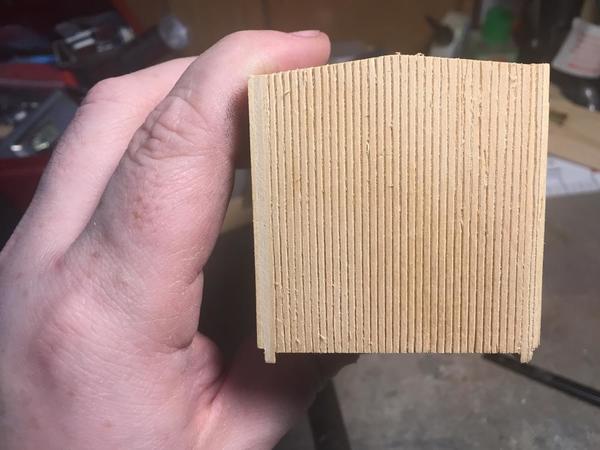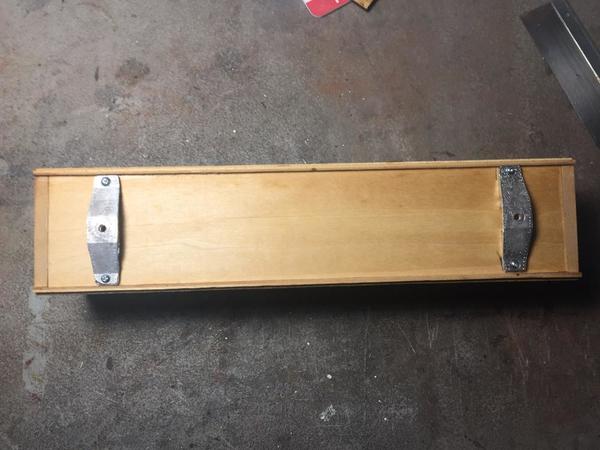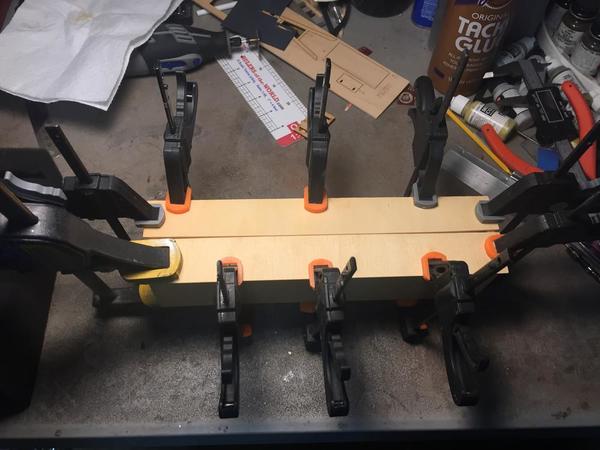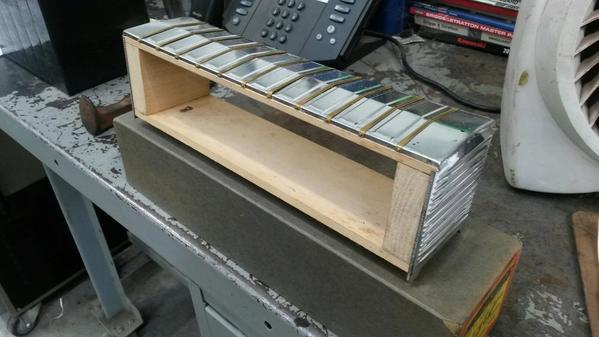My next kit build is an All Nation undecorated 40 foot wood reefer. This is going to be one of a number of milk can cars lettered for my railroad's milk train.
This is my first time building an All Nation kit, so my first observation:
1.) This kit seems like it's going to be an easier build than the Labelle kit. In particular, the scribed roof is already glued to the wood roof boards, the scribed siding is already attached to plywood sides, and the end blocks are already milled with scribed siding.
2.) There are a lot fewer pieces involved. But some pieces are missing. Below is a picture of the basic components. Pretty simple right?

First thing I realized upon closer inspection was that the bolsters were missing. I'm assuming that the bolsters were cast metal type, the instructions make reference to holes in the bolsters, and the pictures imply a cast metal type. I also have a coupe built freight cars that look like all nations, with a cast type bolster, so I ordered a pair from Scale City Designs. Those are pictured in the picture above.
With those in hand I proceeded to assemble the basic outline. I started by gluing the end blocks to the floor. However, with the end blocks being milled, over the years, they had started to curl "outwards" along the lines where the siding was milled into the block. Already I can see the advantage of a solid block with siding glued to it as opposed to the milled block. I did the best I could but I couldn't quite get them completely flat.

That's when I made by first real error in judgement. The instructions called for me to glue the roof on next, and the car sides pretty much last. I decided to disregard that and glue the sides on next.


At this point, I realized I should have sanded the bottom flat, I figured I could get away without it, but ended up regretting it. Also, the car sides were longer than the floor. I don't know if that was normal with these kits, but I ended up with severe overhang on each end that had to be sanded down.

Once I sanded them down, a lot of the milled siding was taken out, so I used a scribing tool to rescribe the lost areas. I'm not the greatest scribe unfortunately, but under a couple coats of paint I think it'll do.



Having completed the bottom and side assembly, next I added weight to the car using 1/4 ounce tire weights, I also installed the bolsters and trucks, and loaded it up with all the detail bits and couplers to get an accurate weight so that I could bring it up to NMRA standards. Since this is going to be a milk can car, I used a set of GSC express trucks from American Scale Models.



Next I moved on to the roof. How hard could it be to put two small pieces of wood on right? Well, much harder than I thought. The two pieces would not seat in the center so I had to sand down where they would join to get them seated properly. Now I'm not sure if I screwed up the sanding somehow, (I used the piece of sandpaper laid on the table and drew the wood across it method ) but I ended up with some pretty big holes in the center of the roof where they met.

To be continued.......









